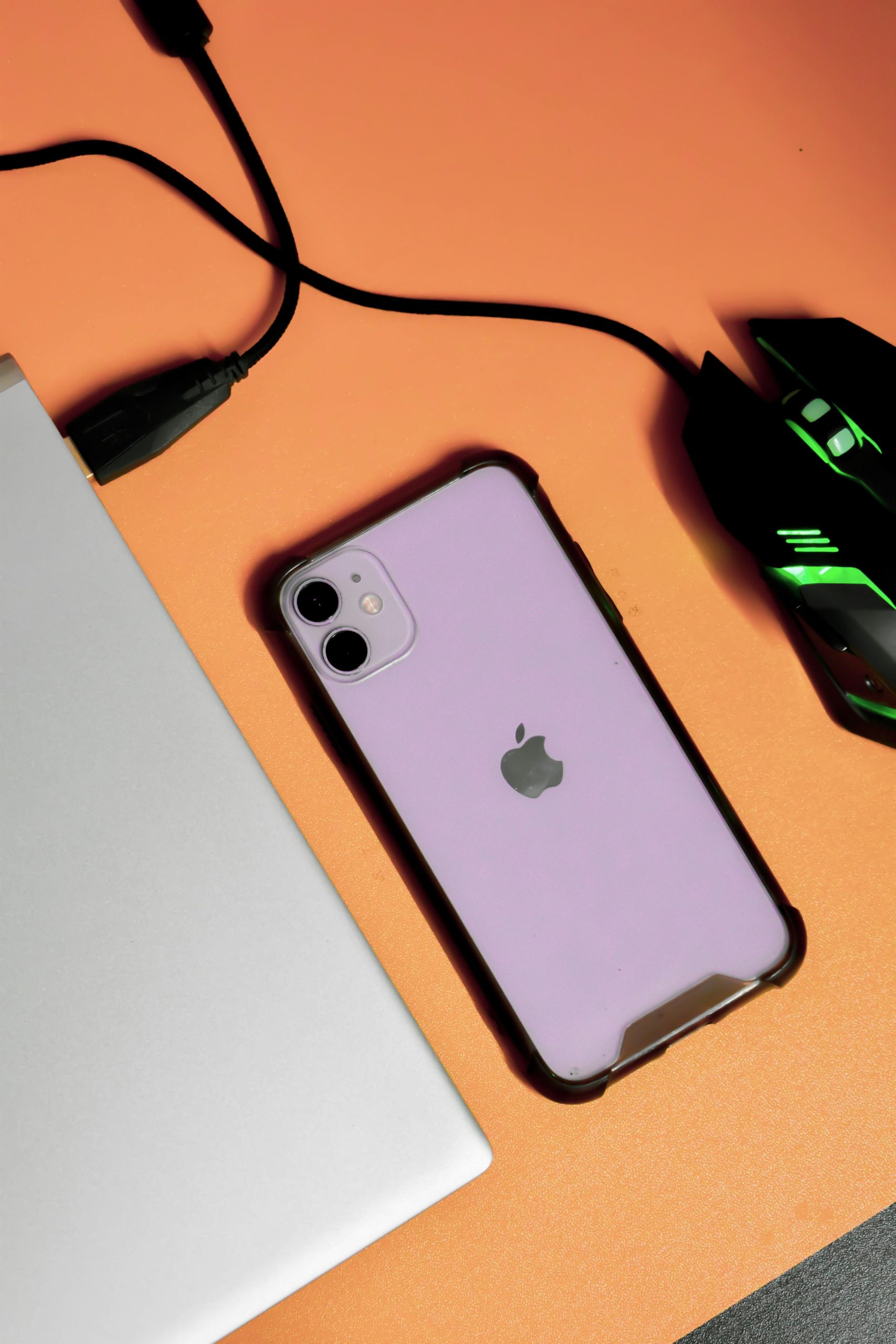Understanding Charger Connectivity Issues in High-Performance Gaming Laptops
If you own a high-end gaming laptop, such as the ASUS ROG Zephyrus M15 GU502LW, you may occasionally encounter connectivity issues related to power supply, especially during intensive usage. Recently, some users have reported that their laptops disconnect and reconnect to the charger repeatedly when performing demanding tasks that significantly increase fan activity, like gaming or switching to performance mode.
This article aims to shed light on the potential causes of such issues and provide practical solutions to enhance your device’s charging stability.
Common Symptoms and Observations
- Frequent disconnection and reconnection from the charger during high load
- Occurs despite being connected to the original charging adapter
- Typically happens during CPU or GPU-intensive activities that boost fan operation
- The problem has emerged suddenly without apparent hardware changes
Possible Causes
- Overheating at the Charging Port
One likely factor is heat generation at the connection point. When the laptop works intensively, it draws more power, causing the charger’s connector area to heat up. Excessive heat can lead to thermal expansion or slight deformation, which may temporarily interrupt the connection.
- Charger or Cable Degradation
Although the original charger is designed for your laptop, wear and tear over time can lead to weakened connectors or internal component issues, affecting consistent power transfer.
- Environmental Factors and Placement
Placement on a surface with poor ventilation or obstructed airflow can worsen heat buildup. For example, placing the laptop on a soft surface or with obstructions can interfere with cooling and exacerbate heat-related issues.
- Faulty or Loose Connection
A loose or damaged connector can lead to intermittent connections, especially when movement or temperature fluctuations are involved.
Recommended Solutions
- Use the Original Charger
Always ensure you are using the charger provided by the manufacturer. If you suspect the charger is faulty, consider replacing it with a genuine alternative.
- Improve Cooling and Ventilation
Operate the laptop on a flat, hard surface like a wooden desk to facilitate airflow. Avoid soft surfaces that can block vents or trap heat.
- Monitor Temperature and Power Usage
Utilize system monitoring tools to observe CPU, GPU temperatures, and power draw during high load scenarios. Keeping temperatures within recommended levels can reduce heat-related connection issues.
- Check Connections Regularly
Inspect the charging cable and port for visible damage or debris. Ensure the connector fits snugly and securely.
- Avoid Excessive Heat Build-up
If you notice the charger or connection
Share this content:

